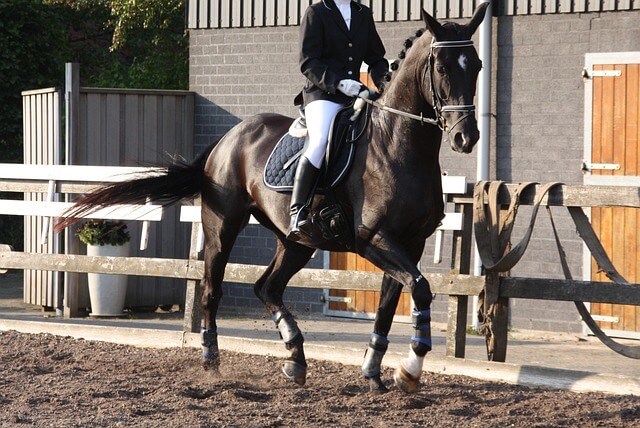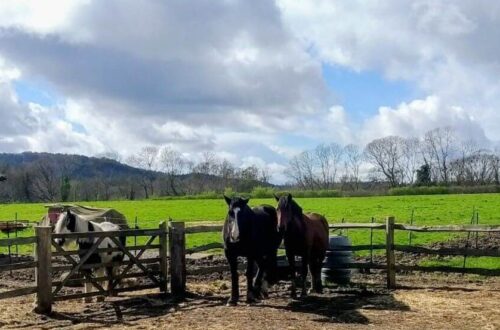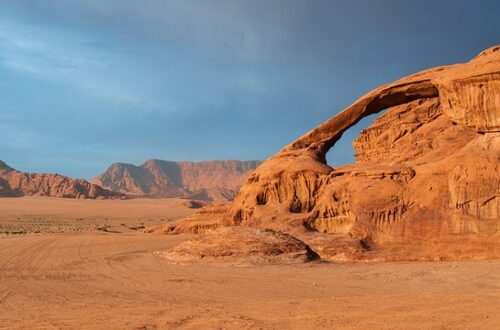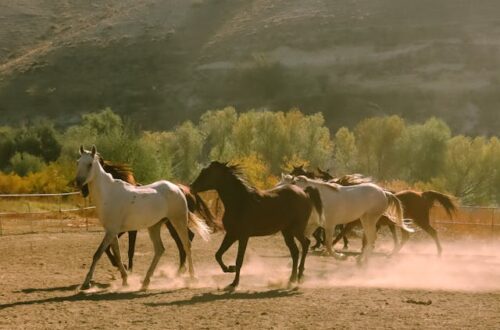
An Introduction to the Arabian Horse
What is an Arabian Horse?
The Arabian (or Arab) is a particular breed of horse from the deserts of Arabia. Today Arabians can be found all over the world, but their original home was in the Arabian Peninsula, stretching from modern day Yemen and Oman in the south, up to the desert areas of Syria and Iraq in the north.
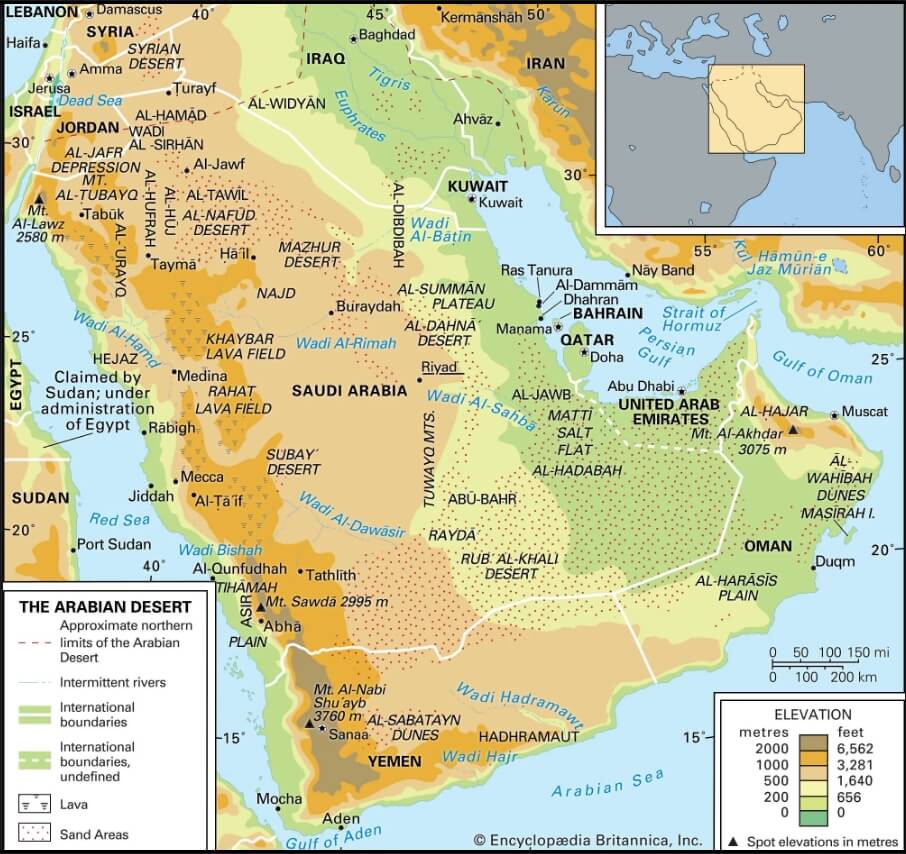
What is a breed?
While it can be tricky to find an exact definition of ‘breed’ that everyone agrees on, those who breed horses would probably agree that a breed is a group of horses from known lineage of similar horses, with an agreed set of physical and behavioural attributes or characteristics that are passed on to their offspring.
From a genetics point of view, a breed is a group of horses with defined characteristics which exist in a closed gene pool.
You may come across the phrase ‘breeding true’, which means that the parents of horses in a breed will always reliably replicate those particular characteristics in their offspring. This is obviously useful for preserving and replicating desired characteristics in the next generation. You may also often come across the term ‘purebred’, which simply means that both horse’s parents and all their ancestors all belong to the same breed. It is worth noting that although breeds can look very different, all horses belong to the same species: Equus Caballus.
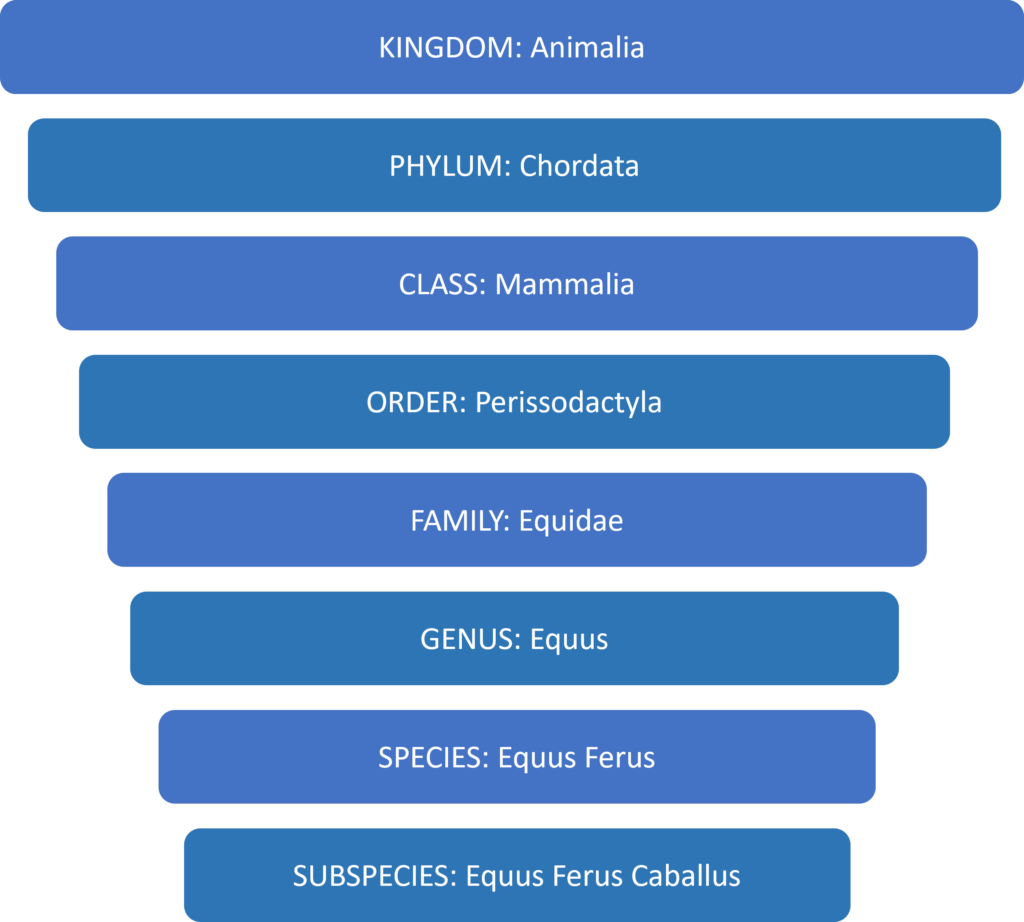
There are more than 300 breeds in existence today. Some famous examples of horse breeds are the Thoroughbred, Morgan, Shire, Akhal-Teke, Barb, Suffolk Punch, Andalusian, Friesian, Trakehner, and of course the Arabian (also sometimes called Arab).
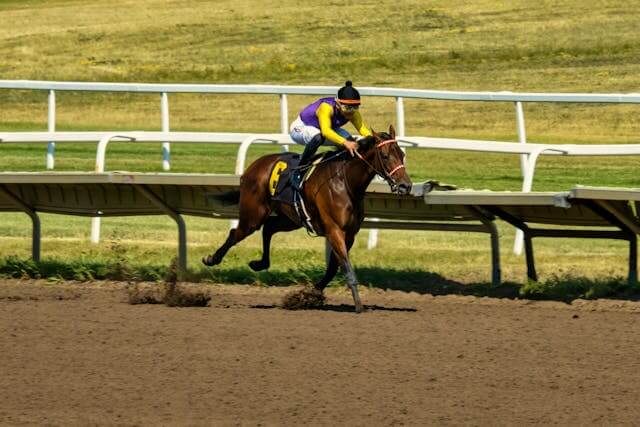
How is a breed created?
When you have horses that have particular characteristics, and they are bred together to either maintain or further enhance those characteristics, then over time this will usually create a breed. As you are only breeding together those horses with the characteristics you want, then you are essentially trying to ensure that those characteristics always get passed on.
Breeds typically have foundation horses (or sometimes just a single horse) that all other horses in that breed can trace back to. Breeds also have some sort of records, such as a stud book or registry, that record the birth and parentage of each new foal. This allows anyone to accurately trace each horse of a breed back to the foundation horses.
Today Arabian horses have a number of stud books in different countries, and while they don’t have specific foundation horses because the breed is very old – more than 5000 years old! – any Arabian must trace back to horses that were bred in the deserts of Arabia by Bedouins (more on this below).
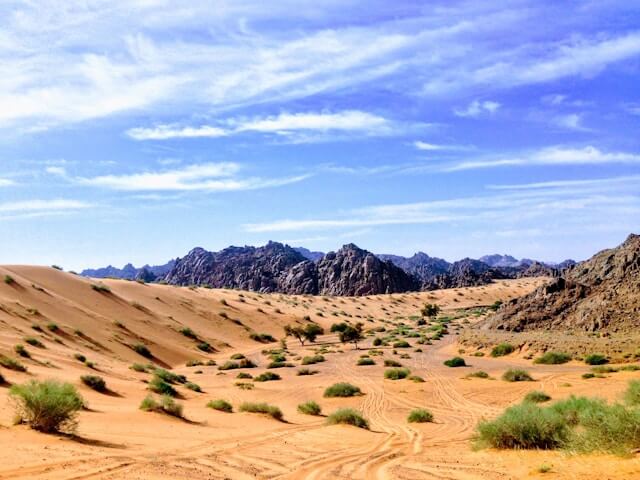
How are Characteristics Chosen?
The characteristics that define a breed might have come about because they were selectively chosen by humans. These characteristics could be physical, such as what kind of head shape the horse has or how fast they can run, or they could be behavioural, such as how easy going their nature is.
Historically people have chosen characteristics for many different reasons, from what they considered to look beautiful in colour, shape or size, to what they found useful, such as the ability for a horse to calmly pull a plough without getting bored or frustrated.
Some characteristics of a breed might have come about from natural adaptation to their environment. The wide nostrils of Arabian horses are an example of this. It is believed that these came about as it helped them to breathe better in the hot and dry desert climate. Those horses that had wider nostrils were more likely to survive in the desert environment, and then pass on this trait for wider nostrils to their offspring.
The characteristics of the Arabian horse were a result of both natural environment – only the strongest horses with particular traits were able to survive and pass on their genes in the harsh desert climate – as well as human selection. It was the Bedouin who bred Arabian horses in the desert for thousands of years. The Bedouin are people belonging to nomadic Arab tribes who live in the desert regions of Arabia.
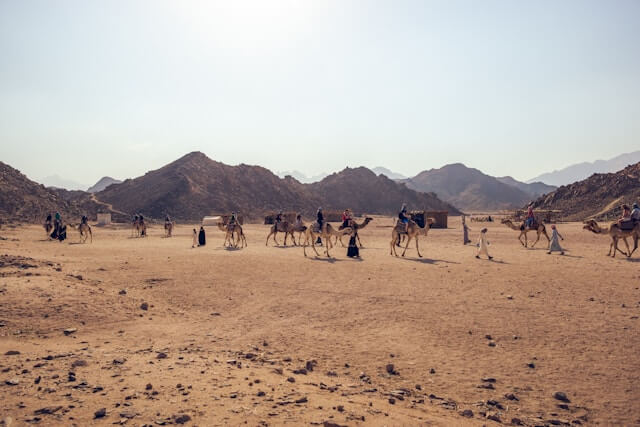
The Bedouin chose only to breed the horses they considered the best, taking into account a wide range of characteristics. These included how loyal, intelligent, and spirited they were, as the Bedouin highly valued these internal characteristics.
Importantly, the Bedouin did not allow their mares to breed with non-Arabian stallions. They only accepted a horse as Arabian if both the parents were Arabian. In fact, they were so strict and particular about which horses could breed with their mares, that if a mare ever did breed with a non-Arabian, they considered the mare contaminated, and any future offspring from that mare as non-Arabian! The idea that a female’s offspring can inherit characteristics of a previous mate is known as telegony.
I intend to discuss the origins of the Arabian horse in a future article.
What is a type?
There isn’t an exact definition of ‘type’ when it comes to horses, and the word is used to mean various different things. Essentially there are other useful ways to group and classify horses. These could be based on the size, temperament or use of the horse. Some of these could group particular types of horses within a breed, while others would include different breeds.
I won’t go into types within a breed, and for the Arabian that will be covered in an upcoming article on types and strains of Arabians, but it’s worth taking a look at some commonly used types and classifications that include multiple breeds within them.
Horses and Ponies
This is a classification generally based on size. Horses are usually measured in hands, with one hand being made up of 4 inches (10.16cm). The height of a horse is measured from the top of the withers to the ground. So, for example, a horse that is 15.2 hands is 15 hands and 2 inches, or 62 inches (157.5cm) from the top of the withers to the ground.
As a general rule, ponies are shorter than 14.2 hands, while horses are 14.2 hands or taller. However, some breeds of horses are always horses regardless of whether they drop below 14.2 hands. Arabians are a case in example. They are always classified as horses, even though some may be shorter than 14.2 hands. However most tend to stand between 14.2 and 15.2 hands, with some being taller or shorter than that.
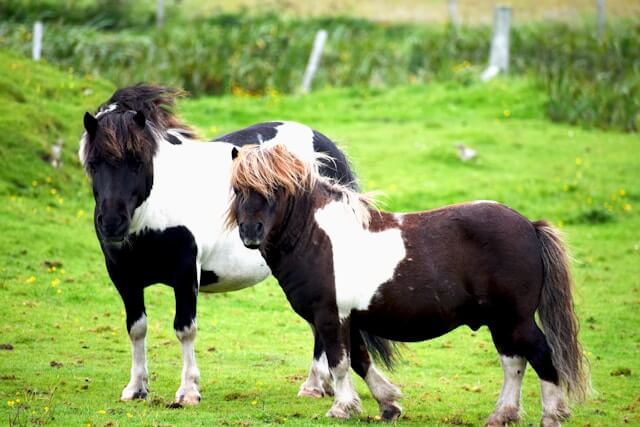
Draft Horse and Light Horses
Light horses are usually up to 17.2 hands and weigh up to 1400 pounds (650 kg). They are more agile and faster than draft horses, and are used for general riding, racing, ranching or light work. Arabians are light horses, usually weighing between 800 and 1000 pounds (360-450 kg). Other examples of light horses include Thoroughbreds, Quarter Horses, and Trakehners.
Draft horses are taller than 17.2 and weigh above 1400 pounds. They are used mainly for pulling heavy loads and for general heavy work. Examples of draft horses are the Percheron, Shire, and Cleveland Bay.
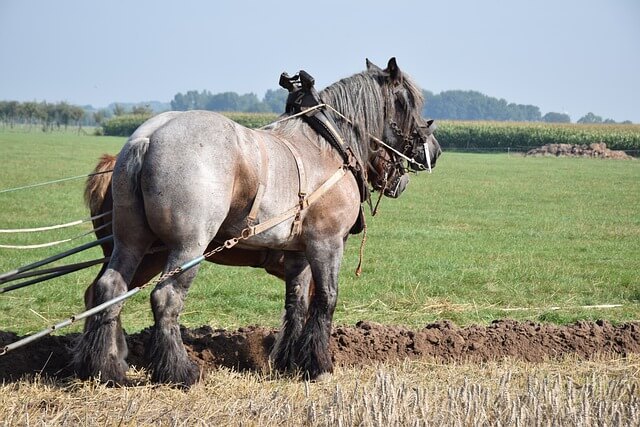
Hotblooded, Warmblooded, Coldblooded
This has nothing to do with the temperature of a horse’s’ blood, nor the classification of animals according to whether their body temperature is internally regulated (i.e. hot blooded like all mammals including humans), or subject to the outside environment (i.e. cold blooded like reptiles). In this regard all horses are mammals and therefore hot blooded.
Rather talk about horses being either hot, warm, or cold blooded refers to the temperament or nature of the horse. Sometimes you will see this divided into only two types with all hot and warmblooded lumped together in a single type called either hot or warmblooded.
Coldblooded horses have a calm temperament and are heavy and strong – sometimes thought of as gentle giants. This is also another way of describing draft horses. The calm temperament makes them good for heavy work but also for riders of all abilities.
Coldblooded horses originated in Europe and have heavier coats and more hair overall, which would have helped them survive in the cold environments of Northern Europe. They would have historically been used for farming, to pull ploughs, and other heavy work, as well as for carrying knights with all their heavy armour into war. Some examples of coldblooded horses are the Cleveland Bay, Shire, and Suffolk Punch.
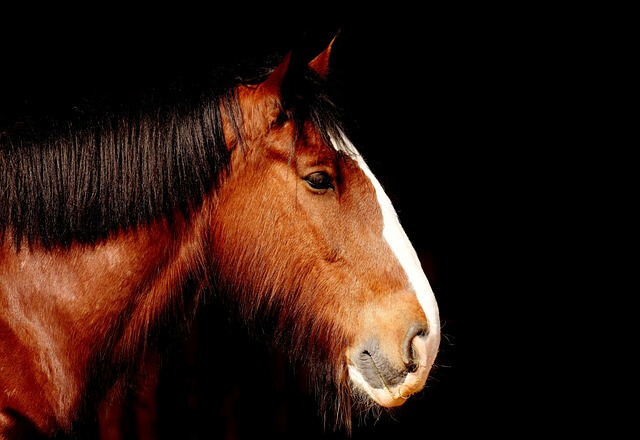
Hotblooded horses are intelligent and sharp minded light horses known for their energy, and they excel in speed and endurance. Hotblooded horses are all influenced by Arabian ancestors, meaning that the Arabian is the original hot blooded horse. The Thoroughbred – initially created through a mix of Arabian and local English horses – is also always considered hotblooded. Other horses that are usually considered hotblooded are the Barb from North Africa and the Akhal-Teke from Central Asia, though some would classify both of these as warmblooded instead.
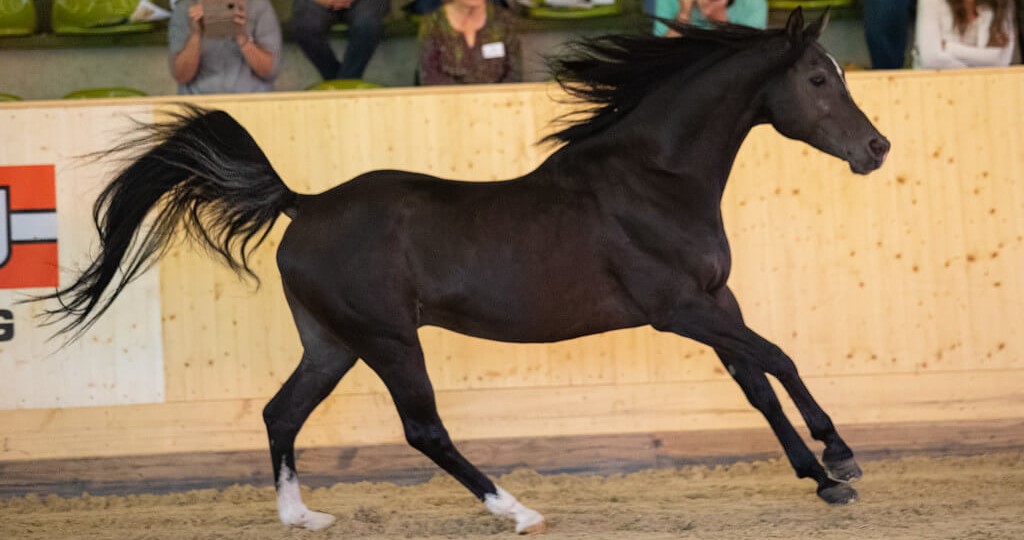
Warmblooded horses are a mix of hotblooded and coldblooded, meaning that they are also all influenced by Arabian ancestors. They are sharper and more alert than coldblooded horses, but with a calmer temperament than hotblooded ones. Some warmblooded breeds include the word in their name such as the Dutch Warmblood. Other examples are the Trakahner, Oldenburg, and Hanoverian.
